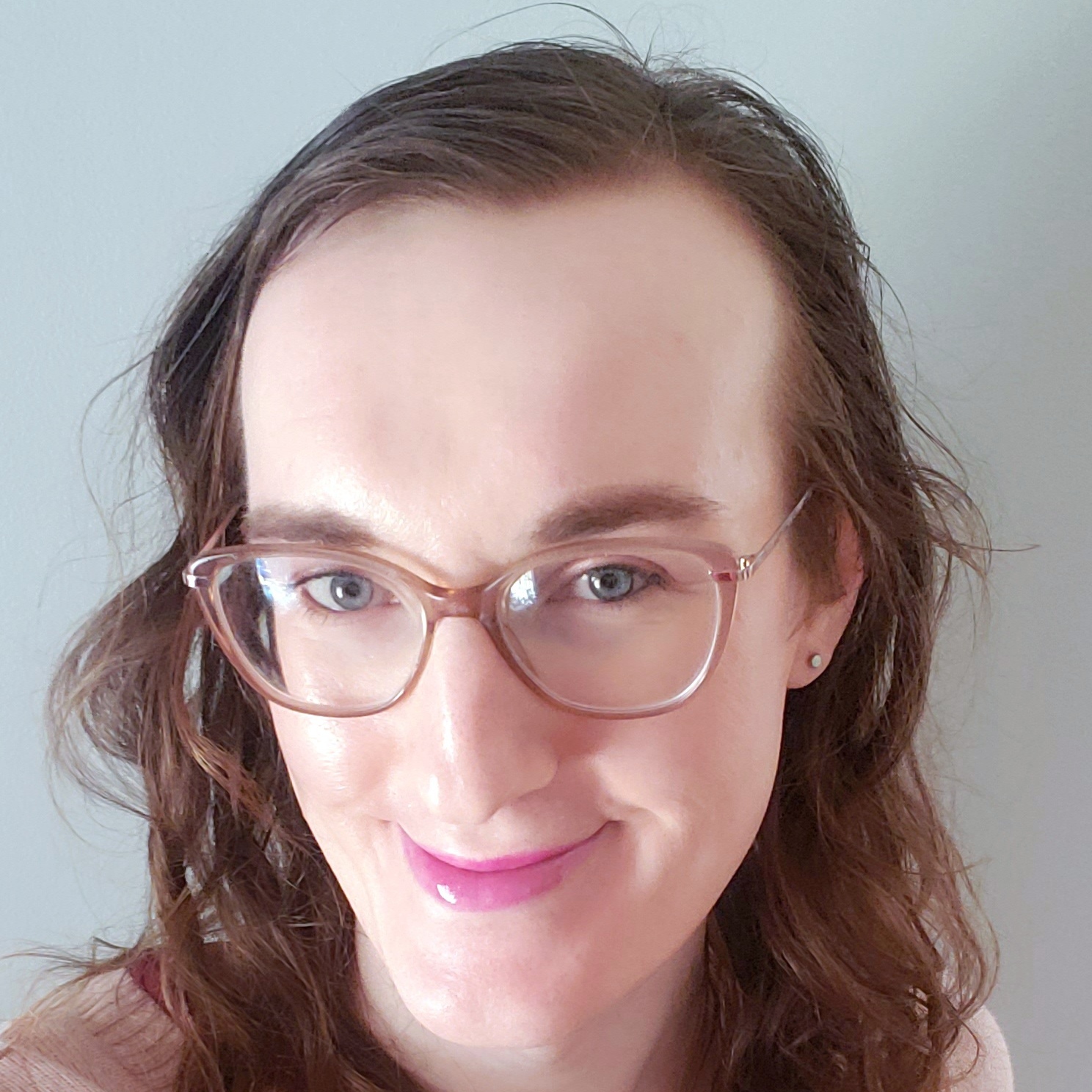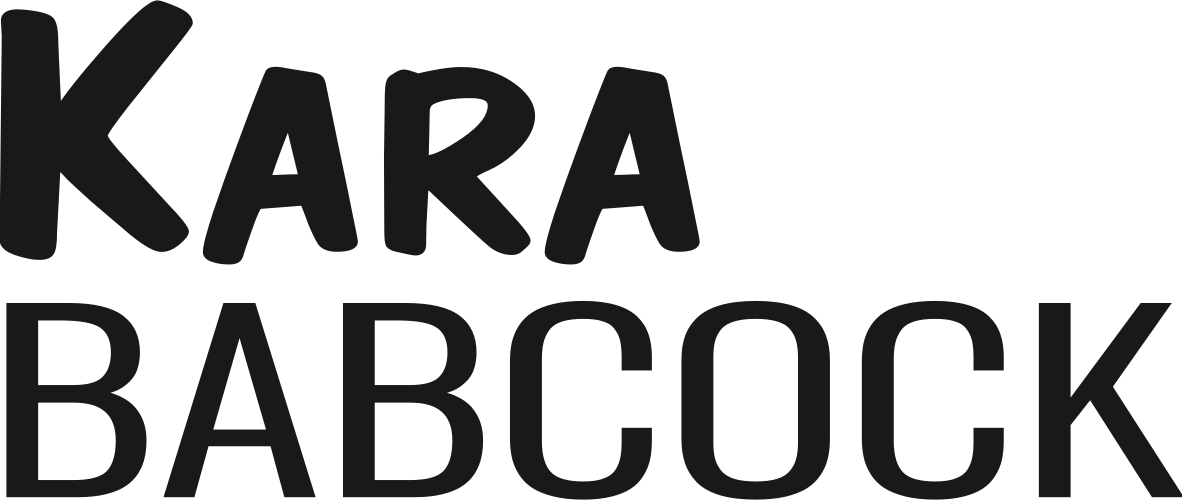Queerness as context
Knowing I was ace didn’t automatically mean I identified as queer. It took me years of learning (and unlearning) to embrace the larger community.
I’ve pretty much always known I’m ace (asexual) even before I knew the label for it. But for a long time after I knew the label, I didn’t really know (or understand) that means I’m a member of the queer community.
Partly this happened because asexuality and aromanticism are often excluded. I guess we’re super threatening or something, running around helter-skelter all not being attracted to all y’all. Oooh, so scary. And this exclusion and erasure means that LGBT identities are quite visible as “queer” but other identities, not so much. (That being said, you’re probably aware that even those four letters have fights sometimes—there are people who think it should be LGB, and there are people who think it should be LGT, because biphobia is a real problem in our community too!) So, growing up, when I was exposed to examples of queerness and Pride, it was always about an overt performance of gender and sexual diversity that didn’t reflect my experience.
My personal experience of my asexuality has been absence of sexuality. I say this because there are many diverse experiences of asexuality. Some asexual people, unfortunately, do not come to an understanding of themselves until later in life. So they have often experienced sex and sexual partners even if that wasn’t necessarily something they would have chosen if they had more fully understood their options. Others might have known for a long time but still chosen to have sex for a variety of reasons—remember that sexual orientation is about attraction, not behaviour! But that isn’t me. My experience of asexuality has been of the “whoosh, over my head” kind. In high school, sexual references and innuendo would miss me completely. I was an innocent. Although my innocence is … shall we say, somewhat dented now thanks to adult friendships and Internet culture, my experience of asexuality remains firmly rooted in a sense of bemusement regarding sex itself.
And so, because sex and romance and dating and flirting and all such activities were absent from my life, and because we often inextricably link queerness to these things, I never actually felt comfortable linking my asexuality to the idea of being queer. For a long time, I basically thought of myself as a straight man who wasn’t sexually attracted to people. This is internalized heteronormativity—the assumption that “straight” is a default from which non-straight people deviate. As an asexual person, I am not straight, because being straight implies an attraction I don’t feel. But it took me a long time to process and accept that.
So this combination of two misconceptions—that I was basically straight by default, and that queerness is tied to sexual behaviour—made me stop short of claiming space under that LGBTQ+ acronym. Even after I knew that the “A” in 2SLGBTQIAP+ can stand for asexual/aromantic (as well as agender, which I am not), it still didn’t feel right to me.
Supergirl, and Twitter, was probably what helped me understand and embrace my queerness. I’ve shared this before to one degree or another, but the way that show has approached queer identities has just been so helpful. The speech that Alex gives to Maggie at the end of a season 2 episode is about Alex realizing she’s a lesbian, but what she says resonated with me as an asexual person. As a queer person. And then I discovered people on Twitter who would talk about queer rep in Supergirl, often live-tweeting the show as it broadcast, and I found community.
This is what the “queer” label (or whatever umbrella term you prefer) is about. It’s not about sexual behaviour, and talking about queer issues is not inherently sexual—a spurious complaint that conservative people often bring up when we threaten to teach their children about LGBTQ+ identities. Queerness is simply about finding your people in a society that tells you your identity makes you wrong. The whole reason that our community crosses both sexual orientation and gender identity is because it’s all about the diversity of how we relate to one another as humans. To be queer simply means we don’t fit the mould we’ve been thrust into by a white supremacist, patriarchal society. Yes, this is an expansive, inclusive definition that means a lot of people who don’t consider themselves queer right now could indeed identify as queer.
That’s literally my thesis, folx.
There are people in my life who could call themselves members of the queer community but (maybe) don’t. You have confided in me about your identity, about labels you use privately to describe yourself or are trying on to see if they fit. I honour the fact you shared that with me. I think it’s important that we recognize that, for some people, their queer identity is a quiet thing. To insist that one is only proud if one is also loud flattens queerness into a performance.
So yes, all my friends out there with labels they don’t broadcast: you can belong to my community too. On the other hand, if you choose not to be part of this broader group, if you would prefer to stick to your role as “ally” overall because you feel that’s how you relate to this struggle best … hey, that’s fine as well. But you are still queer enough.
I was queer enough when I thought I was an aro/ace cis man. But a year and a half ago, the ground shifted beneath my feet, and I realized I am trans. This was scary, not in the least because I did worry that some might see this as a “move to innocence” of sorts, an attempt to legitimize my presence in queer spaces in a way that being aro/ace didn’t. Once again, this is internalized acephobia—aro/ace people belong in queer spaces, regardless of their other identities! But like any reevaluation of oneself, this revelation that I am trans—which felt so different from my awareness of being ace (I wrote about this back in October)—put me in crisis with regards to how I label myself and how I relate to my broader communities.
Back when I thought aro/ace was the extent of my queerness, I don’t think I would have embraced “queer” as a label except in the most general sense (as in, “yes, I fall under this umbrella”). And if that is where you are at, that’s still a fine and legitimate stance! Yet when I came out as trans, I gradually warmed up to describing myself as “queer” sometimes. It’s how I introduce myself on my reviews website, for example (a “queer Canadian girl”). Because “aromantic asexual trans woman” is, while more accurate, quite the mouthful.
Sometimes it’s just easier now to say I’m queer. This does flatten my identity and experience, but it also avoids erasing things—I am louder about my transness right now because it’s a more raw label for me at the moment, but I never want to stop talking about being aro and ace either. Again, though, as I said above, this is complicated in the fact that my aro/ace identity feels like a void of experiences, whereas my transness is far more visible and salient in most of my day-to-day.
This is what I mean when I aver that queerness is contextual. I mean that this identity, this label, or any of its rough equivalents, exist to help us navigate ourselves in relation to specific situations. Sometimes it’s easier to say I’m queer. Sometimes I prefer to say I’m trans, or ace, or trans and ace. Sometimes I don’t mention it at all. Context is key.
But it took me years to get here. It’s ok if it takes you time too. Your understanding of your identities does not ever have to be complete. It can and will change over your lifetime. I hope you find the courage, the support, and the context that helps you navigate that change—because you deserve that.
Queerness—in all of its forms, every one of those letters and colours of that those rainbow flags—is beautiful. Our existence is resistance. Our presence is powerful.

